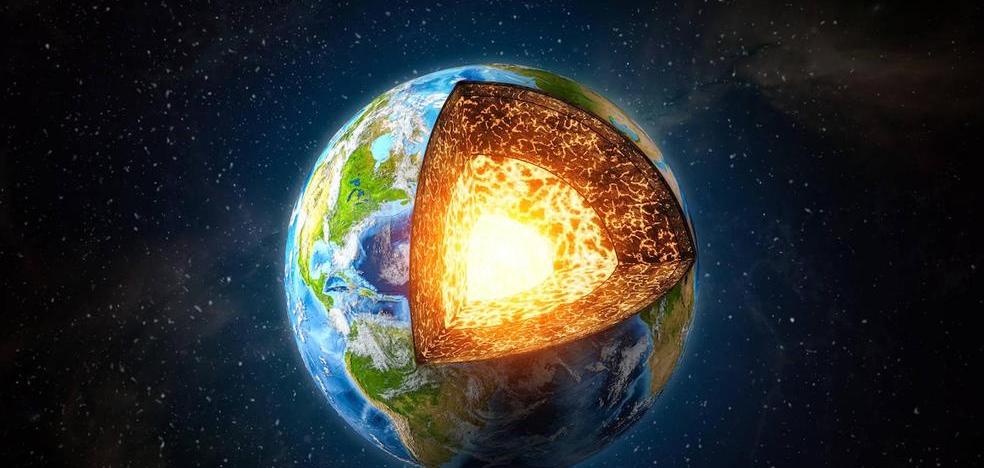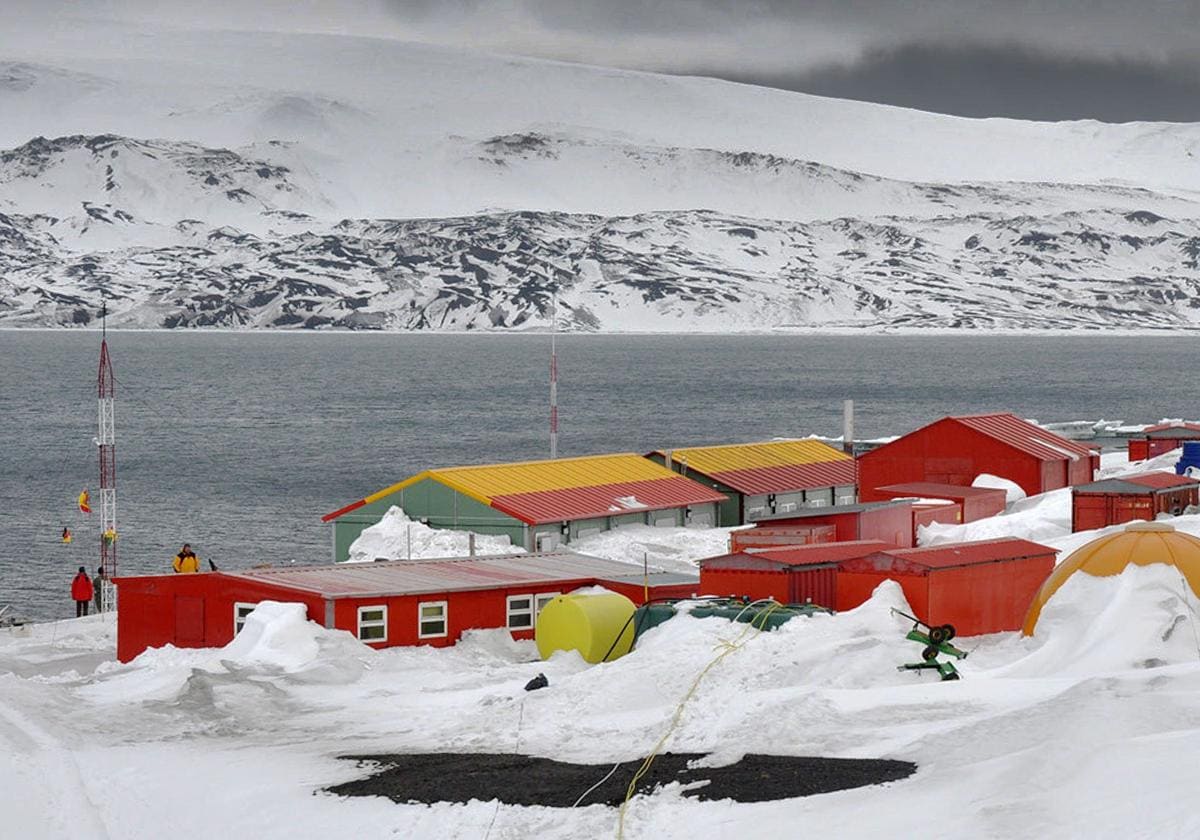New evidence confirms the existence of a double inner core on Earth

Science | Geophysics
It would be an iron ball, 1,300 kilometers in diameter, which would form the fifth terrestrial layer
The Earth is like an onion that is made up of layers. Until now, there were four known: crust, mantle, outer core, and inner core. However, there were suspicions that there could be a fifth. This Tuesday, a study carried out by seismologists from the Australian National University (ANU), in which more than 200 earthquakes that have occurred in the last 10 years have been analyzed, has provided new evidence that this is the case. According to their conclusions, inside the inner core (which has a diameter of about 2,500 km) there is a ball of almost pure iron, 1,300 kilometers in diameter, which would confirm the theory that there is a 'nucleus within the nucleus'.
Although scientists have suspected that this was the case for years, the lack of sufficiently sensitive probes, or any other tool, capable of taking samples from the interior of the innermost core of the Earth, had prevented confirmation. “The hypothesis of the existence of an internal metallic ball inside the inner core, that is, the innermost inner core, was put forward about 20 years ago. We now provide another line of evidence to test that hypothesis," said Thanh-Son Phạm, one of the study's lead authors and a seismologist at the ANU Research School of Earth Sciences.
The first time this possibility was raised was in 2015, by a group of geologists from the universities of Illinois, in the United States, and Nanjing, in China. The new evidence will help to better understand how our planet formed and how it will evolve in the future. “This inner core is like a time capsule of Earth's evolutionary history: it is a fossilized record that serves as a gateway to events in our planet's past. Events that occurred on Earth hundreds of millions to billions of years ago," said another of the authors, Hrvoje Tkalčić, also a professor at ANU.
Phạm and Tkalčić collected data from existing probes to measure the different arrival times of seismic waves of energy created by 200 earthquakes as they traversed the Earth from side to side. For the first time, they observed that the waves bounced from one side of the planet to the other up to five times. "Previous studies have documented only an antipodal bounce," Phạm said. "The findings are exciting because they provide a new way to probe Earth's inner core and its most central region."
In addition, they studied the anisotropy of the iron-nickel alloy that comprises the interior of Earth's inner core, which is used to describe how seismic waves speed up or slow down as they pass through Earth's inner core material, depending the direction in which they travel. His hypothesis is that this change in speed could be caused by a different arrangement of iron atoms at high temperatures and pressures in the core of the inner core or a different crystalline structure.
This work comes a few weeks after another team of scientists announced that the Earth's core had slowed down. According to Tkalčić, "there are still many unanswered questions that could clear up the mystery of our planet's formation." Future efforts of this new research will now focus on characterizing what occurs between the innermost inner core and the outer layer of the inner core.












